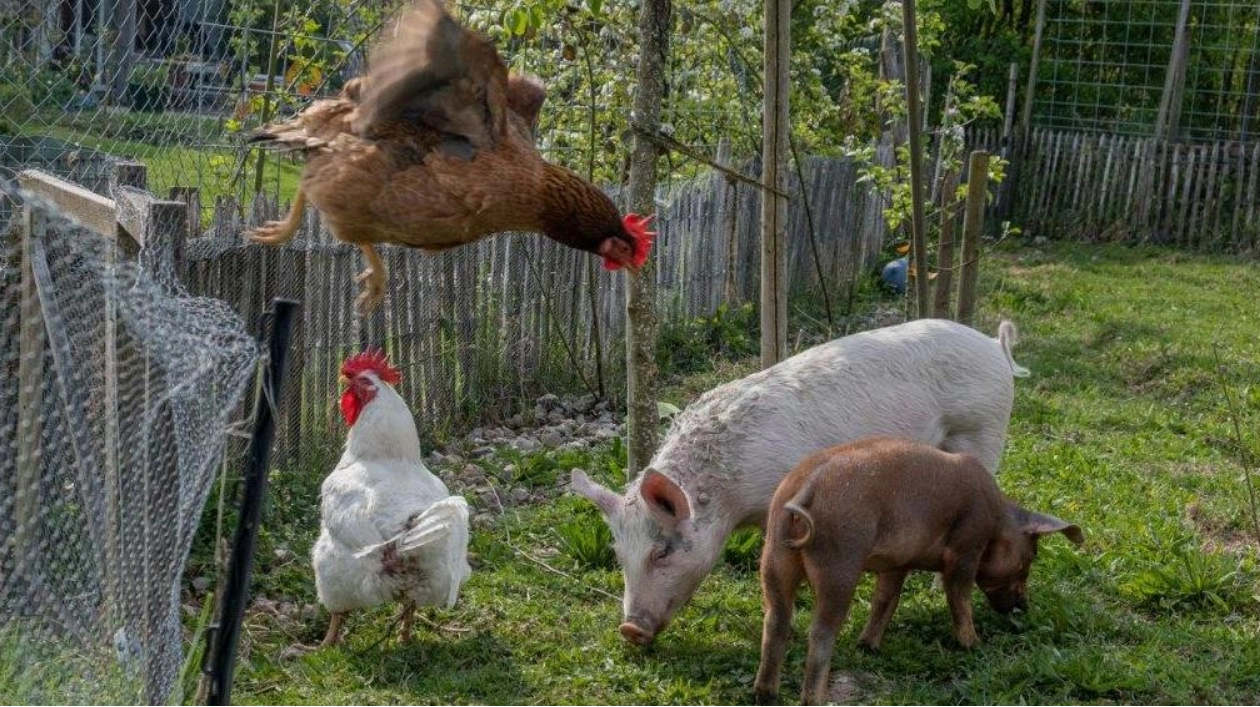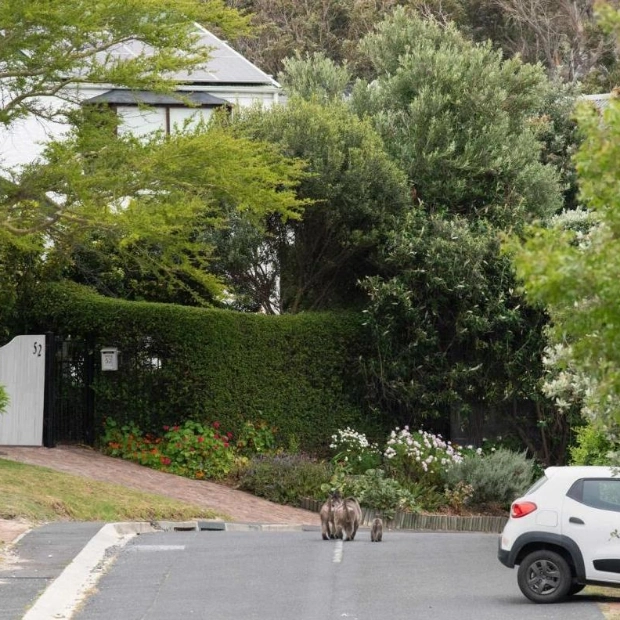At least one pig has contracted bird flu during an outbreak on a backyard farm in central Oregon. Although the infection seems confined to a single farm for now, the discovery has sparked fresh concerns due to pigs' role as a breeding ground for influenza viruses, which could potentially lead to genetic mutations that pose risks to humans. Here's what we know so far about this case and the potential dangers involved.
This marks the first time a pig in the United States has been infected with the H5N1 strain of bird flu, according to a U.S. Department of Agriculture announcement on October 30. A necropsy of the pig, one of five on the farm, revealed signs of the virus throughout its body, as reported by STAT. The other two pigs tested negative for the virus, and results for the remaining two are pending. Other animals on the farm, including sheep and goats, are under quarantine to prevent further spread of the virus. Since none of the pigs were intended for commercial food, USDA officials are not concerned about the U.S. pork supply. However, the news comes amid ongoing H5N1 spread among wild birds and mammals, and as an outbreak in U.S. dairy cows continues to escalate.
Currently, more questions remain than answers regarding this case, such as how the pig became infected and whether the virus poses a threat of spreading among pigs on larger farms. However, pigs pose a unique threat when it comes to influenza, raising concerns about how H5N1 might affect both pigs and people. The risk to humans stems from pigs' long-standing role as 'mixing vessels' for flu viruses. Influenza viruses attach to a sugar called sialic acid to break into cells. Bird and human viruses typically bind to different types of these receptors. As a result, avian flus usually do not easily infect humans, and vice versa. But pigs have both bird-like and human-like receptors, making them susceptible to not only swine-specific flu strains but also to viruses from birds and humans. If a bird virus and a human virus infect the same pig, they can swap genes in a process called reassortment, potentially helping avian flus adapt in ways that make them better at infecting people, sometimes with severe consequences.
Pigs are suspected to be the source of the strain behind the 1918 influenza pandemic. The 2009 'swine flu' pandemic also originated in pigs. A reassortment event may have occurred before the ongoing cattle outbreak. Experts across the United States have been closely monitoring H5N1 since its introduction in 2022. As mammals from wild foxes and marine mammals to dairy cattle fell ill, researchers have examined viral genetic material from animal samples for mutations that could indicate the virus is adapting to spread among mammals rather than from wild birds or poultry. So far, some changes that help avian-origin viruses multiply in human cells have been observed in viruses circulating among animals, including sea lions and cattle, as well as in isolated cases among farmers exposed to dairy cows. However, several other changes are needed for avian flus to efficiently spread among people, including evading parts of our immune systems and switching to using human sialic acid receptors rather than bird versions to enter cells.
These traits can emerge when flu viruses exchange genes in pigs. Although H5N1 viruses have historically spread poorly among pigs, swine are susceptible to at least some versions of H5N1 from the ongoing outbreak, researchers reported in the April issue of Emerging Infectious Diseases. For now, with only one pig on one farm confirmed to be infected, the threat of an outbreak in people remains theoretical. But if H5N1 were to spread to more pigs on larger farms, the risk of a human pandemic could become significantly more concerning.
Source link: https://www.sciencenews.org






